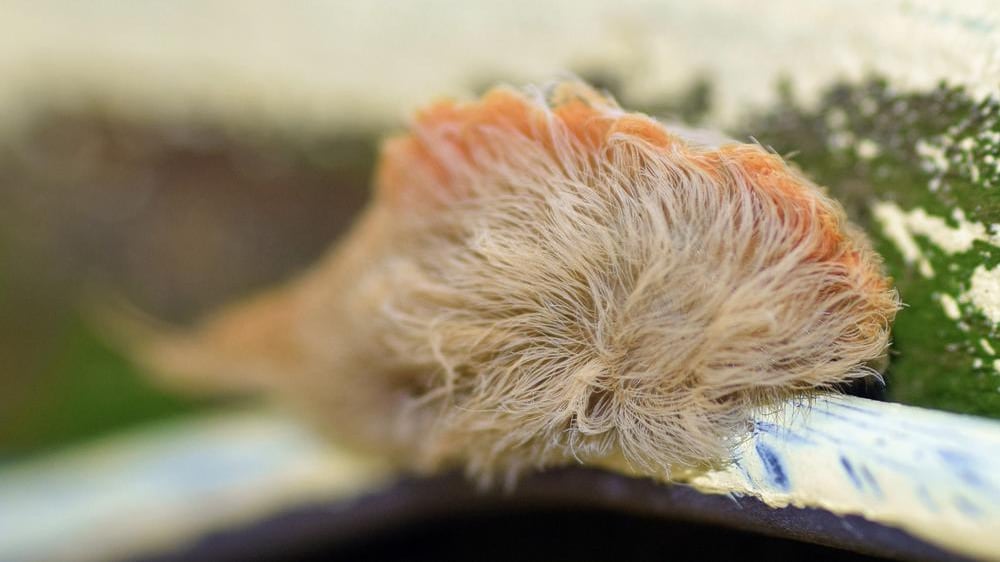Although it may be tempting to touch, pick up, pet or poke a furry-looking caterpillar, experts at the Austin Zoo in Texas say you'll regret it if you do.
An asp caterpillar, also known as the southern flannel moth caterpillar, is found mostly in Texas, Florida and Louisiana.
Scroll down to continue reading
More news from KIRO 7
- Salmonella outbreak traced to eggs sickens dozens across several states
- Witnesses recount devastation after Mount St. Helens eruption
- Man points gun at motorist in Puyallup road rage incident
- Flooding in Eastern Washington reaches emergency level
- The 14 most dangerous sunscreens for kids, according to experts
According to National Geographic, the fuzzy family of caterpillars that morph into the southern flannel moth as the "most venomous in the U.S."
The insects are sometimes called puss caterpillars because of their resemblance to fluffy cats, according to University of Florida entomologist Don Hall.
"A puss caterpillar sting feels like a bee sting, only worse. The pain immediately and rapidly gets worse after being stung, and can even make your bones hurt," Hall told National Geographic. "How bad the sting hurts depends on where you get stung and how many spines are embedded in your skin. People who have been stung on the hand say the pain can radiate up to their shoulder and last for up to 12 hours."
The caterpillars, which prefer hanging out in oak, oleander and plum trees, are active July through November, according to KVUE.
The caterpillar embeds its venomous spines into the skin and can cause burning pain, swelling, nausea and itching, KVUE reported.
Cox Media Group








